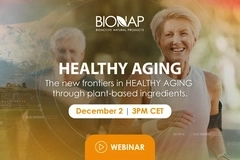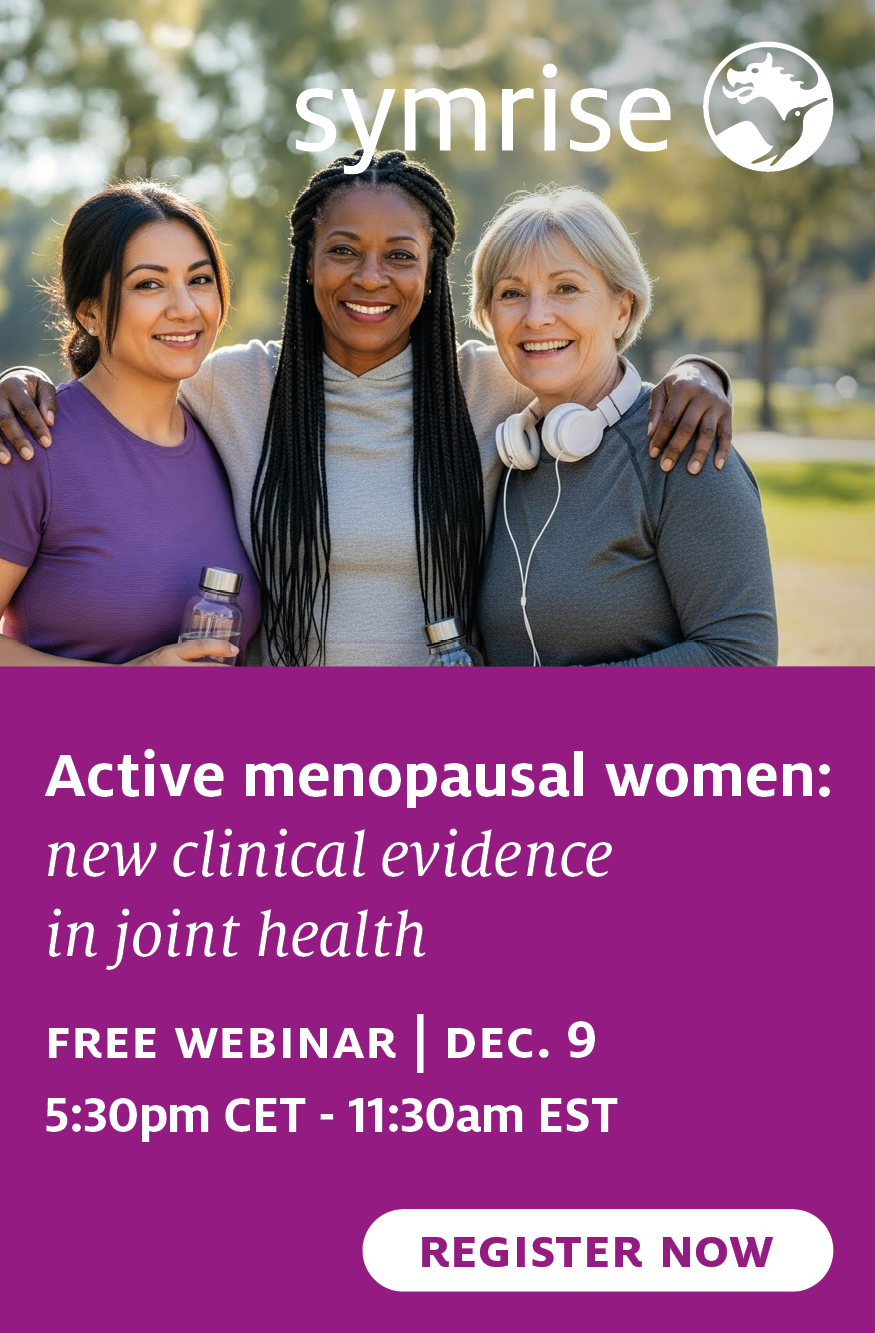European osteoporosis guidance gets 2018 update to emphasize treatment of postmenopausal women
07 Nov 2018 --- The European guidance for the diagnosis and management of osteoporosis in women has been updated with new information on how to treat postmenopausal women. Not having been updated since 2013, the guidance – supported by the Scientific Advisory Board of European Society for Clinical and Economic Aspects of Osteoporosis (ESCEO) as well as the Committees of Scientific Advisors and National Societies of the International Osteoporosis Foundation (IOF) – aims to inform health professionals on osteoporosis treatments.
Some of the most important updates include:

- The evaluation of bone microstructure evaluation in fracture risk assessment.
- The role of FRAX – an osteoporosis risk assessment test that uses information about your bone density and other risk factors for breaking a bone to estimate your ten-year fracture risk.
- The role of Fracture Liaison Services in secondary fracture prevention.
- Long-term effects on fracture risk of dietary intakes and increased fracture risk on stopping drug treatment.
“This European guidance is primarily intended for healthcare professionals who would like a concise, up-to-date review of the latest prevention and management strategies for osteoporosis,” Professor John Kanis, IOF Honorary President, tells NutritionInsight.
“Given recent conflicting media reports, there is some uncertainty among patients and the general public about calcium and vitamin D supplementation. It is important that people who need to protect their bone health do not stop taking prescribed calcium and vitamin D supplements without discussing the implications with their doctors,” continues John Kanis.
According to statistics from the IOF, osteoporosis affects 200 million women worldwide and is responsible for more than 8.9 million fractures annually, resulting in an osteoporotic fracture every 3 seconds.
“This new guidance aims to stimulate a cohesive approach to the management of osteoporosis in Europe by providing an updated platform on which specific guidelines can be developed or revised at a national level,” says Professor John Kanis, Honorary President of IOF.
The guidance, although European, is also useful to postmenopausal women in other parts of the world, as well as men, whom we shouldn’t forget are also affected by osteoporosis. In Sweden, osteoporotic fractures in men account for more hospital bed days than those due to prostate cancer according to the IOF.
Professor Jean-Yves Reginster, ESCEO President and Chair of the IOF Committee of National Societies, states that “although this guidance has a European perspective and is focused on postmenopausal women, the recommendations can be of assistance in other regions of the world and in men. The hope is that the recommendations will facilitate improved prevention and management for at-risk individuals and ultimately serve to alleviate the high societal and personal costs posed by osteoporosis to healthcare systems and patients with osteoporosis.”
As Kanis says “this guidance reflects the latest knowledge of key areas in osteoporosis prevention and management. Worldwide, one in three women and one in five men aged 50 years and over will suffer a fracture due to osteoporosis in their lifetimes. For women, the menopause at ca. 50 years of age is the critical time when bone loss increases rapidly, and for most men, the comparable stage is at ca 70 years of age.”
“The lifestyle and nutritional recommendations given in this guidance are generally applicable to both women and men. Men with osteoporosis too must ensure adequate calcium and vitamin D intake and regular weight-bearing exercise. Nevertheless, the guidance is directed to European women, and nutritional guidance may not be applicable to all regions of the world.”
By Kristiana Lalou














